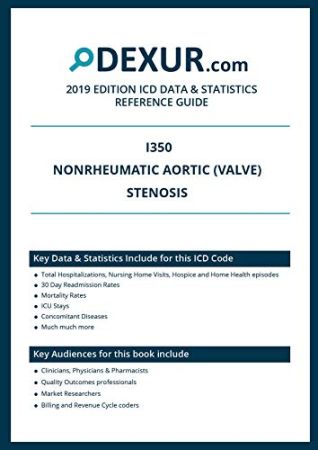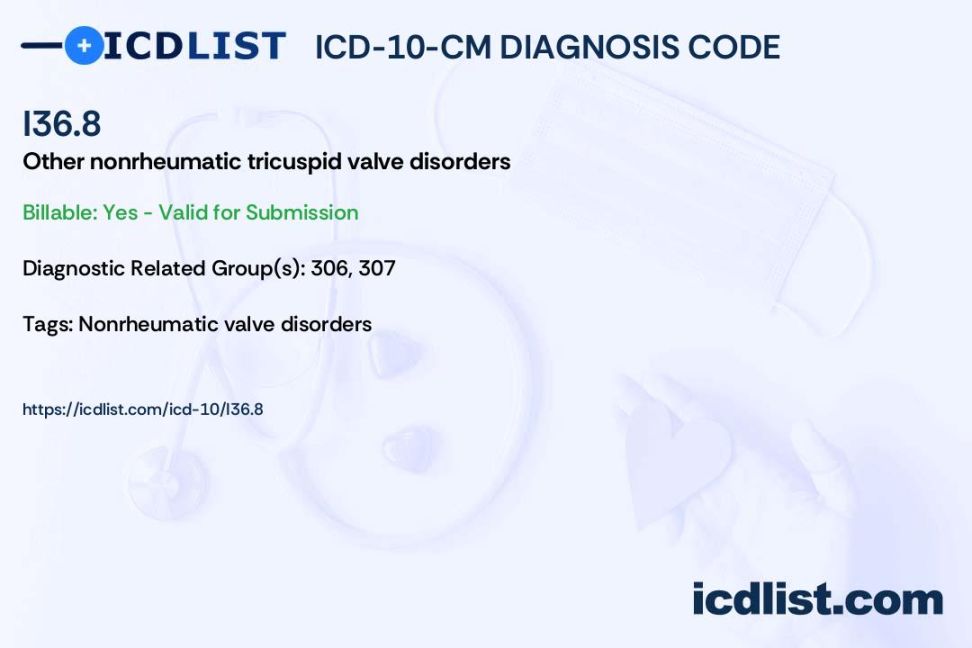Coding Aortic Valve Stenosis: Understanding ICD-10 Guidelines
Decoding Aortic Valve Stenosis
Aortic valve stenosis is a condition in which the opening of the aortic valve becomes narrowed, restricting blood flow from the heart to the rest of the body. This can lead to symptoms such as chest pain, shortness of breath, and fatigue. In severe cases, aortic valve stenosis can even lead to heart failure if left untreated.

When it comes to coding aortic valve stenosis in medical billing, it is important to understand the ICD-10 guidelines to ensure accurate and efficient reimbursement. The ICD-10 code for aortic valve stenosis is I35.0, which falls under the category of diseases of the circulatory system.
In order to properly code aortic valve stenosis, it is crucial to document the type of aortic valve stenosis present. There are three main types of aortic valve stenosis: congenital, acquired, and rheumatic. Congenital aortic valve stenosis is present at birth and is typically due to a malformation of the aortic valve. Acquired aortic valve stenosis is usually caused by degenerative changes in the valve leaflets over time. Rheumatic aortic valve stenosis is a result of rheumatic fever, which can damage the heart valves.

In addition to documenting the type of aortic valve stenosis, it is also important to document the severity of the condition. Aortic valve stenosis can be classified as mild, moderate, or severe based on the degree of valve narrowing and the presence of symptoms. Severe aortic valve stenosis is typically defined as an aortic valve area of less than 1.0 cm² and a mean transvalvular gradient of more than 40 mmHg.
When coding aortic valve stenosis, it is important to follow the ICD-10 guidelines for accurate coding and reimbursement. The ICD-10 guidelines provide specific instructions on how to properly code aortic valve stenosis based on the type and severity of the condition. By understanding these guidelines, healthcare providers can ensure that they are coding aortic valve stenosis correctly and receiving appropriate reimbursement for their services.

Overall, decoding aortic valve stenosis and understanding the ICD-10 guidelines is essential for accurate medical billing and reimbursement. By documenting the type and severity of the condition and following the ICD-10 guidelines, healthcare providers can ensure that they are properly coding aortic valve stenosis and providing high-quality care to patients with this condition.






